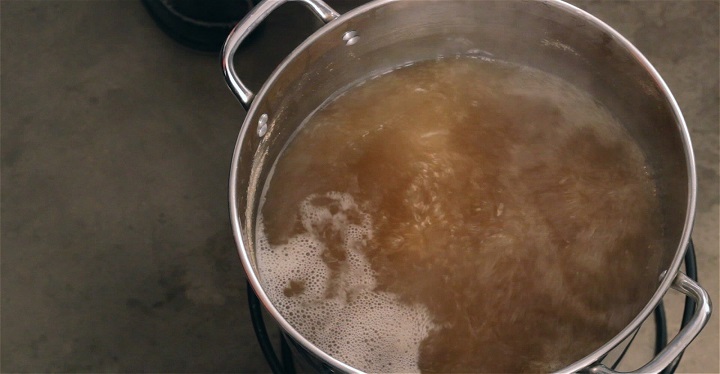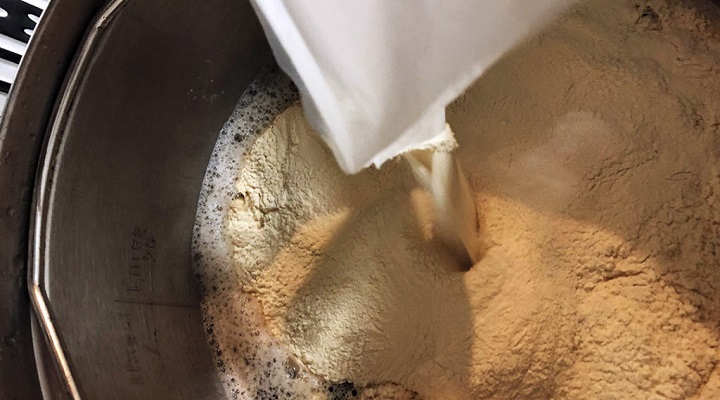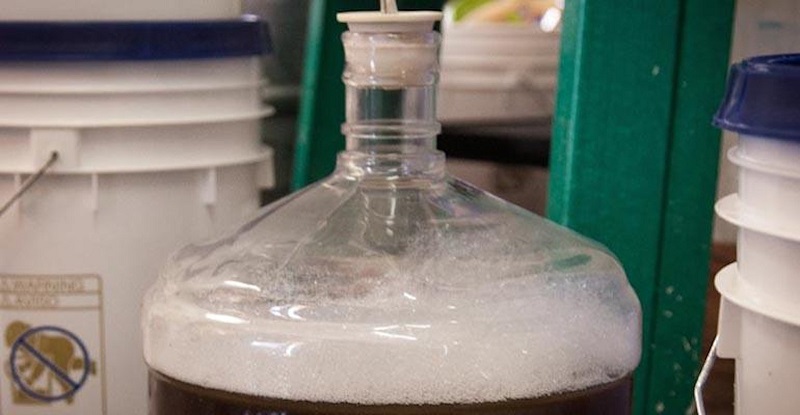How to Brew Your Own Beer: Tips and Tricks
Beer is more than just water, malt and yeast. It’s one of the most beloved beverages in the world and being able to make it at home surely has a plethora of perks. Whether you’re interested in exploring different styles or just curious about how the whole process works, brewing beer can be a very satisfying journey. Here’s what to equip yourself with before you start with the whole process.
Getting Started

First, you’ll need a large pot or a kettle to boil the wort or the unfermented beer. It should have enough capacity to hold your batch of beer and there should be room for boiling without overflowing. Get a fermentation vessel, because this is where your beer will ferment. You will also need an airlock that fits the fermentation vessel which will allow carbon dioxide to escape while also preventing contaminants from entering the vessel. Then, a stopper is used to seal the vessel and hold the airlock in place.
When brewing, sanitation is crucial because it prevents contamination. A sanitizing solution is used to sanitize all equipment and utensils that come in contact with the wort. A thermometer is a must because it’s used to monitor and control the temperature during the different stages of the brewing process. Last, but not least, is a hydrometer. This is a tool that is used to measure the specific gravity of the wort and the beer. It helps to determine the alcohol content and monitor the progress of fermentation.
Now, let’s go over the ingredients you’re going to need to brew beer. The main ones are water, malt, hops and yeast. Each of these components plays an important role in getting the right aroma and flavour.
The Importance of Malt Extracts

Brewers, both amateurs and professionals, know the vital role of malt extracts in the beer-making process. These extracts are made from malted barley, where the grains are mashed and then processed into either concentrated malt syrup or powder forms. What does malt do in beer? Malt extract plays a crucial role in the brewing process and it’s a key ingredient in many types of beer. Using malt extract eliminates the all-grain mashing process, which subsequently reduces the time of the brewing process by a day which may not seem a lot, but it’s quite helpful.
Consistency is paramount in brewing and malt extracts provide a consistent source of fermenting sugars, ensuring that the beer’s flavour and its characteristics remain stable from batch to batch. This is important if you’re trying to recreate a specific beer or if you want to keep your beer consistent.
There are many varieties of beer malt extract, depending on the manufacturer, but the most common ones are:
- Extra light which is perfect for light lagers;
- Pale/gold is perfect if you’re brewing pale ales;
- Dark extract usually includes a healthy dose of black malt, and it is perfect for stouts.
This diversity allows you to experiment with different beer types and to also tweak your recipes with ease. Another good thing about malt extract is that it has a long shelf life, making it perfect for homebrewers who brew less frequently. All of these benefits make malt extract one of the best options for homebrewing because it is easy to understand so that people who are new to beer brewing won’t have trouble understanding how it works and it encourages them to take up brewing as a hobby.
The Brewing Process
The brewing process can be fun, but sometimes it can be overwhelming, especially if you’re new to this. Start by heating the water in the brewing kettle. When it reaches the desired temperature, add the malt extract and stir it to ensure that it’s dissolved completely. This is what creates the wort. Then, you bring the wort to boil and as it boils add hops according to your recipe. Hops are important as they affect the bitterness and the aroma of your beer. After the boil, it is crucial to cool the wort rapidly to the fermentation temperature. You can do this by using a wort chiller or by putting the kettle in an ice bath.
Fermentation and Bottling

Fermentation is a critical phase in brewing where the yeast consumes the sugars from the wart-turned malt converting them into alcohol and carbon dioxide. It is vital to maintain a stable fermentation as yeast activity is highly temperature-sensitive. Once the fermentation process is complete it is time to bottle your beer. The most important thing about bottling is that the bottles you choose must be designed to take the pressure of carbonated drinks.
Prime your bottles with sugar. This is important because the sugar will carbonate the beer as it ferments in the bottle. Then fill and cap every bottle. Store the beer at room temperature to allow carbonation to develop.
Tips and Tricks for Successful Brewing
It’s important to keep your equipment and utensils clean and sanitised. Sanitise the bottles before priming them, to ensure that there aren’t any residual bacteria or wild yeast that can impact the flavour and the quality of the beer. When you’re comfortable enough, you can start experimenting with different ingredients to create unique beer recipes. You can try different malts to achieve a wide range of flavours and styles of beer. Be patient. Let your beer age and mature in order to get the best beer flavour. You’ll learn something new each time you make a new batch, so keep practising.
To wrap it all up, brewing your own beer can be a delightful journey that will develop a deeper appreciation for this beverage. Understanding the process, mixing up the ingredients and using different types of malt extracts will surely make you a skilled homebrewer who is capable of crafting beer that suits your and your friends’ taste preferences. Happy brewing!





![AFX Sauber F1 C44 Stake No24 Slot Car [22092]](https://www.availableonline.com.au/wp-content/uploads/2025/06/6ccd9e30-c6fa-4910-9081-5fcc3ba80b04__60843-520x245.jpg)



